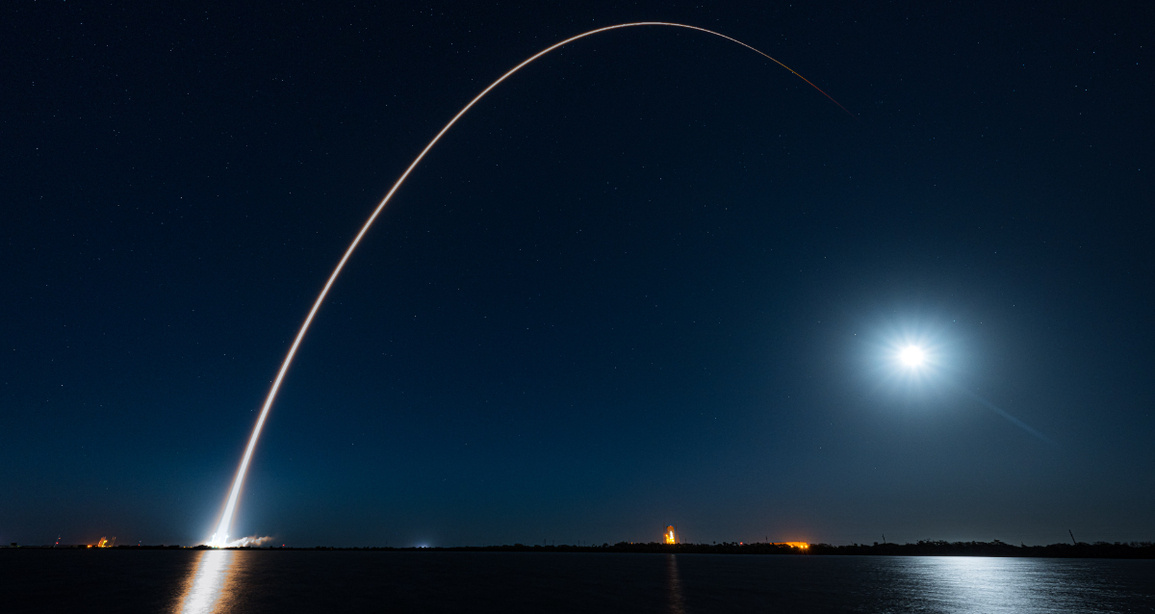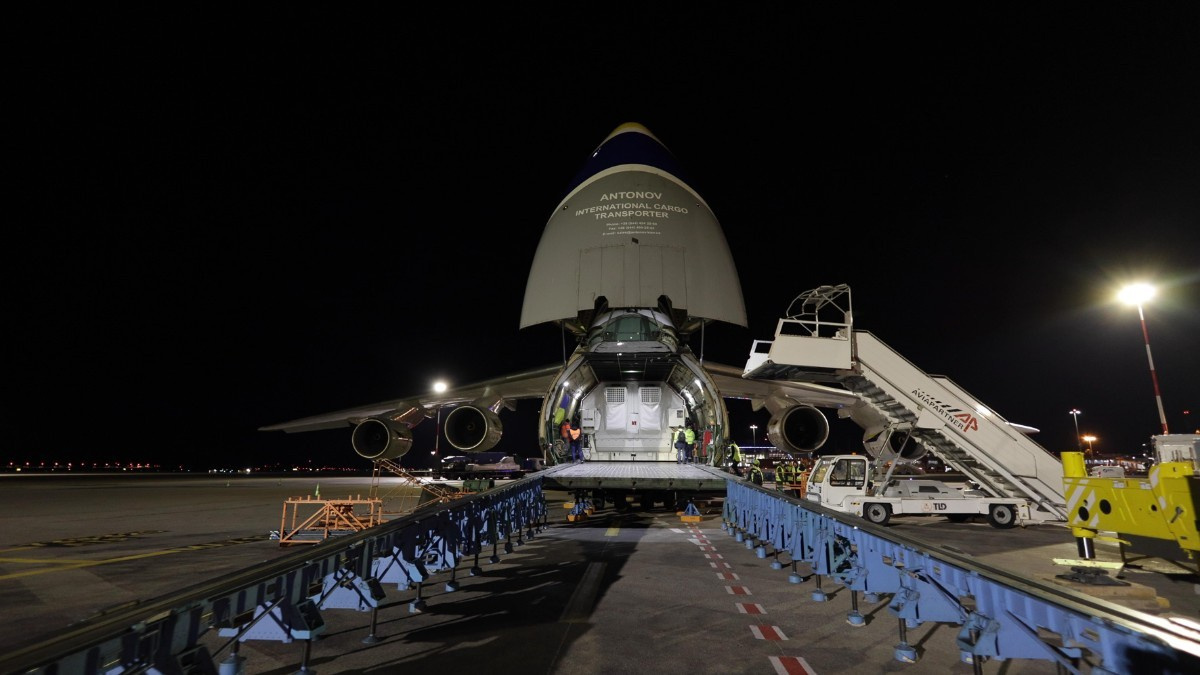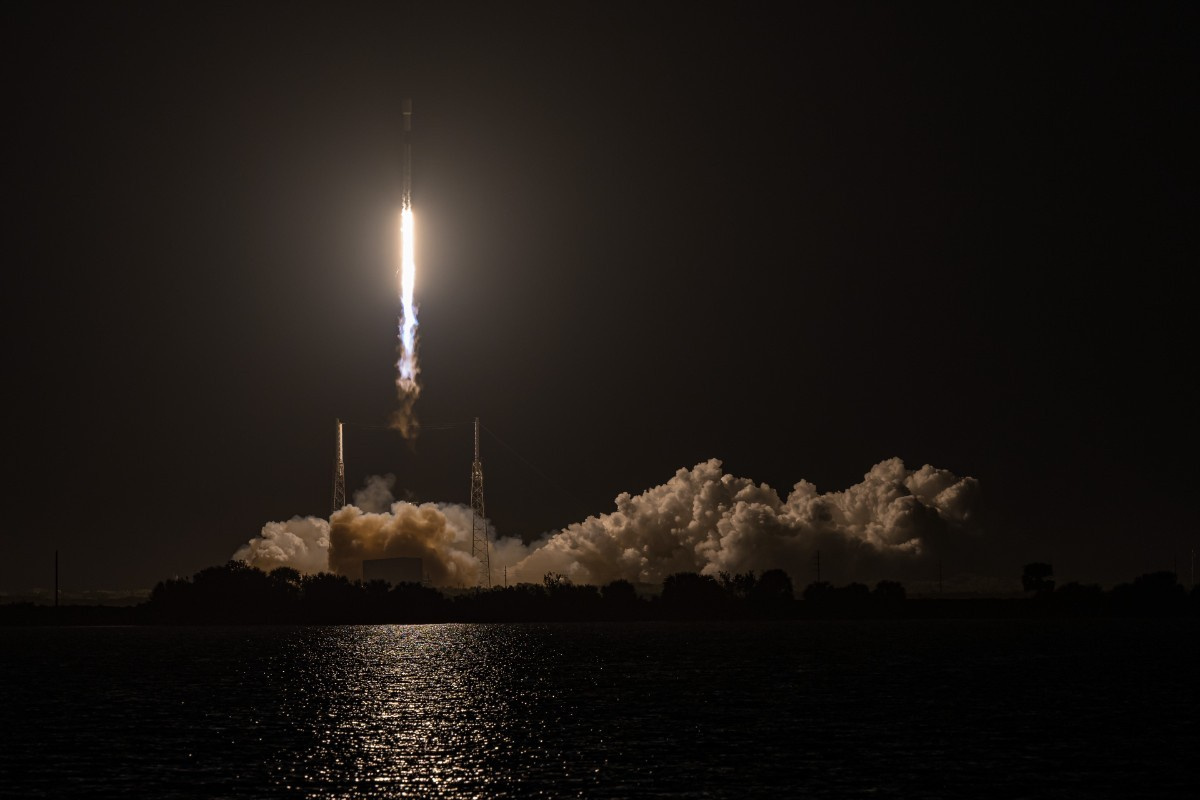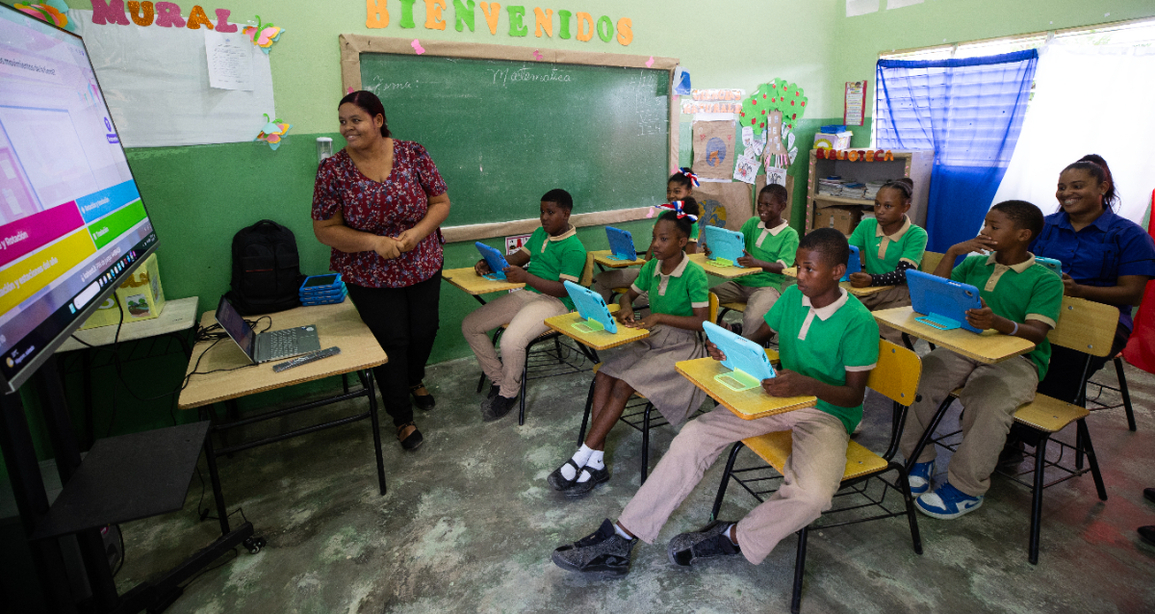
|
07 febrero 2024
The work prior to the launch of the Amazonas Nexus had not been an easy task. First there was the Covid-19 pandemic, but despite the difficulties Thales Alenia Space had met the deadlines. As if that were not enough, the Ukrainian War broke out and a no less insignificant question arose: how would we get the satellite from Toulouse (France) to Cape Canaveral (Florida, USA)? All the large cargo planes were being used to handle the transfer of troops... Luckily, a few weeks before the launch, two of those giant Antonovs were enabled for commercial use and we regained hope.

The worries did not end there. When everything was ready, a storm forced the launch to be delayed for 24 hours. The bad sea made the recovery maneuver of the rocket used in the launch extremely difficult and has allowed SpaceX to drastically reduce the cost of launching satellites.
Finally, the long-awaited GO! arrived, the signal for the rocket to take off. The entire team was gathered at the SpaceX facilities waiting for instructions. “Not a word until we tell you that everything is fine. Don't even think about applauding!" And suddenly there was a huge roar... The building shook and we could feel the heat of the fuel that was burning several kilometers away.

We stayed like this for a long time, almost in silence, when half an hour had passed, a signal came from control: everything went well. We burst into applause, laughter and hugs. The pent-up emotion came pouring out. It was the first time that a foreign delegation had rioted, singing and dancing, in the high-security facility at Cape Canaveral.
A very brave photographer
It is difficult to convey the emotion of that adventure that was not without risks. Octavio Guzmán, the EFE photographer, was placed in a location where he could capture the best perspective... and they left him abandoned in the middle of a road that went from nowhere to nowhere in front of some mangroves. Of course, with a brief and forceful warning: “be careful with the alligators.”
Soon it was dark and there he was, completely alone, a considerable distance from an inhabited place. He began to hear movements among the foliage and the first alligators began to appear, coming out of the water to take in the heat of the asphalt. As a good journalist, seasoned in travel and adventure, Octavio had taken the precaution of buying some battery-powered light bulbs at a bazaar in the Everglades, which he immediately turned on around him. The alligators remained at a safe distance while he focused his camera and adapted it to the changes in light.
He called us a little worried and we decided to keep an open call in case something happened to him (another thing is that we knew what to do if he had a problem because there was no one there, but we didn't dare tell him that).
Suddenly a thunderous roar sounded, the rocket began to take off. He told us later that a flash of light sent a blast of heat at him and he felt his face and clothes burning. “How hot! It's unbearable! I’m sweating!” “From heat or from fear?” we asked him to take his mind off it.
Like a good professional, he had remained motionless recording what he considers one of the best images he has captured in his life. Between his feet he felt the wet touch of a daring alligator that had irreverently crossed its luminous wall… “They are surrounding me! "They're getting too close to me!" he moaned... "but I'm still recording, this is spectacular," he whispered to us... We listened to him terrified.
As he told us later, at the agreed time a car appeared in the middle of that deep darkness. He shone his headlights on him so he could pick up his material and the alligators came out buzzing with the noise of the engine and those dazzling lights.
Octavio's happy face when he showed us with enormous satisfaction the beautiful images he had recorded is difficult to forget. I was so proud of what I had achieved... What an adventure! But everything had turned out well.

We deployed three digital classroom pilots with the government of the Dominican Republic in rural schools in the country that lack connectivity.

01 abril 2024
This new scalable, hybrid product optimizes user experience by combining the best of the GEO and LEO orbits and simplifying operations with an efficient, centralized management.